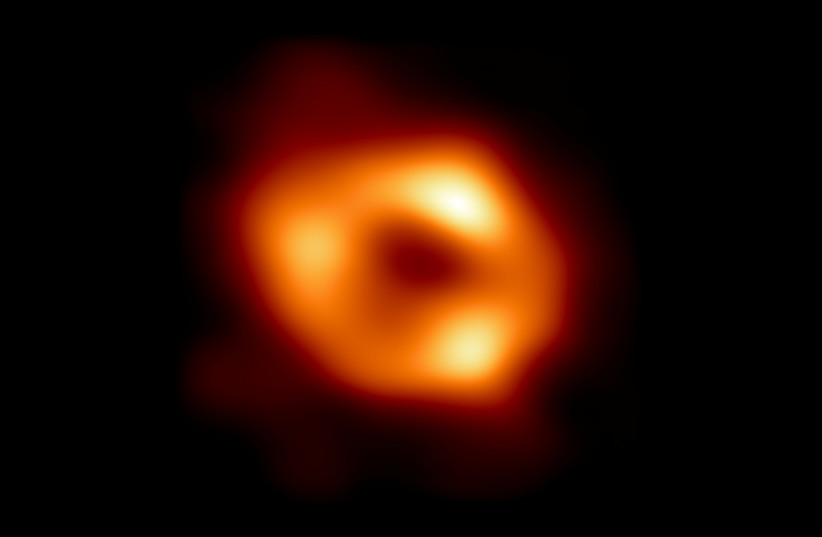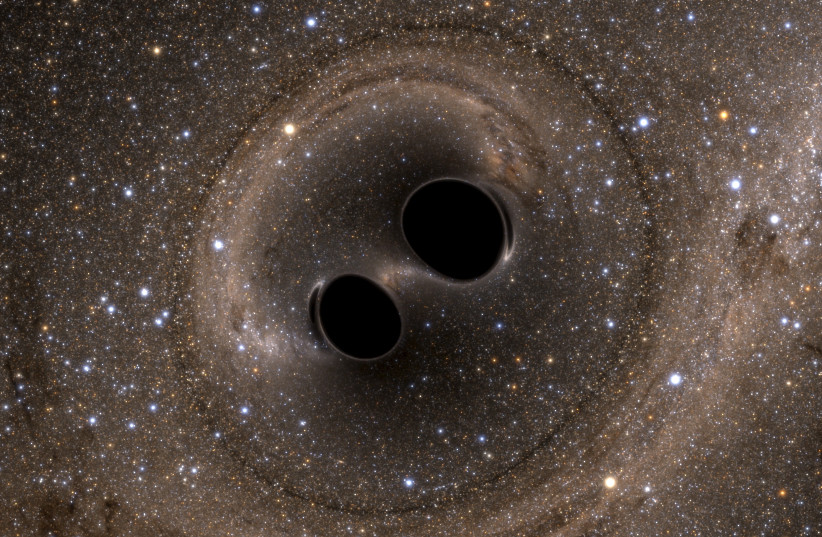Schrodinger's black hole? Bizarre quantum properties of stellar bodies revealed
A team of researchers found that a simulated black hole could have multiple masses simultaneously.
Black holes have unique and bizarre quantum properties, including the ability to have multiple masses at once, according to a new study published recently in the peer-reviewed journal Physical Review Letters by researchers from the University of Queensland.
"Until now, we haven’t deeply investigated whether black holes display some of the weird and wonderful behaviors of quantum physics," said PhD candidate Joshua Foo, who headed the team of theoretical physicists.
To examine the potential quantum properties of black holes, the researchers ran simulations of what would happen if you placed a particle outside a mass-superposed black hole.
Since black holes are largely known for their incredible mass, the researchers focused on that property.
What is superposition?
Particles on a quantum scale can exist in multiple states at the same time, a phenomenon known as superposition. In a similar phenomenon, the team found that the simulated black hole could have multiple masses simultaneously.

The most famous reference to the phenomenon of superposition is Schrodinger's cat, which is both dead and alive simultaneously. (Although Schrodinger was using the cat to express what he saw as the absurdity of quantum theory)
Another example is the double-slit experiment, which showed that particles can act like both a particle and a wave at once. The experiment involves a screen with a barrier with two slits set in front of it.
While it would be expected that a light shone at the barrier would result in two lines of light on the screen behind it lining up with the slits, this isn't the case. Instead, the light acts like a wave, with the barrier forcing the wave into two separate waves that interfere with each other, leaving multiple areas of light with gaps in between them.
Dr. Magdalena Zych, a co-supervisor of the research, noted that the findings supported the theories of American-Israeli theoretical physicist Jacob Bekenstein.
Bekenstein postulated that black holes can only have masses of certain values which fall within certain bands or ratios, similarly to the energy levels of an atom.
“Our modelling showed that these superposed masses were, in fact, in certain determined bands or ratios – as predicted by Bekenstein," said Zych. "We didn’t assume any such pattern going in, so the fact we found this evidence was quite surprising.
“The universe is revealing to us that it’s always more strange, mysterious and fascinating than most of us could have ever imagined," added Zych.
How this Black Hole Discovery led to a new Unified Theory of our Universe(Quantum Gravity)


No comments:
Post a Comment
Stick to the subject, NO religion, or Party politics